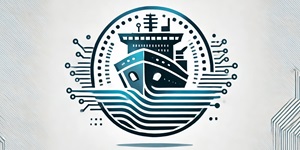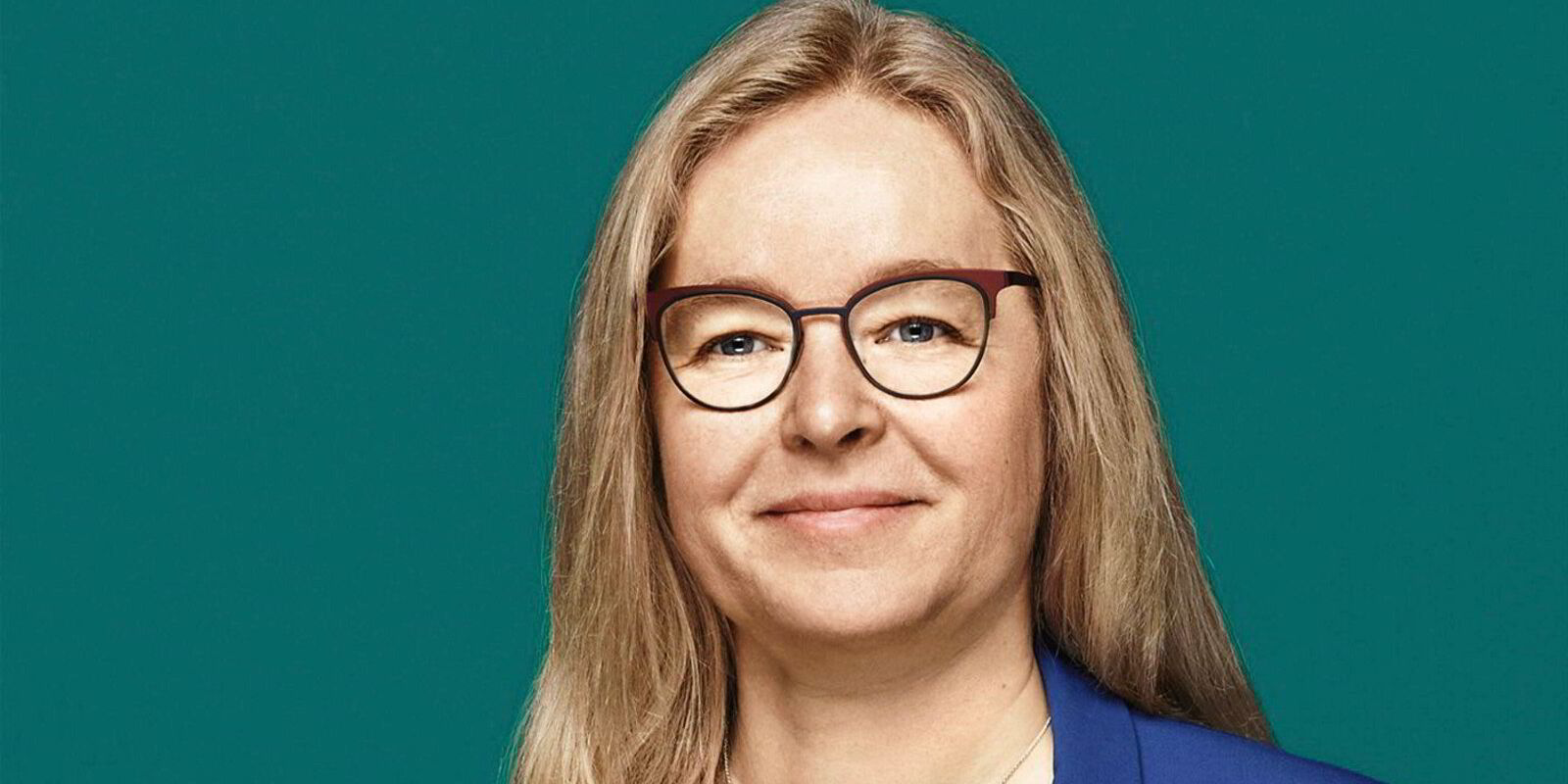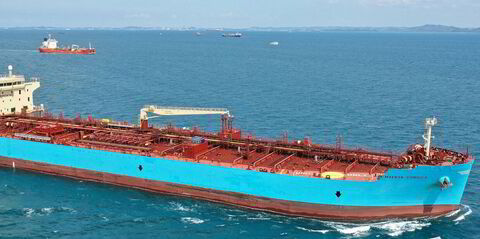Four ports have secured a total of €18m ($19.3m) in European Union funding to meet mandatory targets for the installation of onshore power supply.
Stockholm and Gothenburg in Sweden, Aarhus in Denmark and Germany’s Bremerhaven have won funding to meet a 2030 requirement to be able to supply shore electricity to container ships.

Onshore power supply, or cold-ironing, is regarded as a key method for vessels to reduce port emissions.
By connecting to shore electricity, ships do not need to use main engines or diesel generators to meet their power needs, thus reducing vessel-borne emissions.
Under the FuelEU maritime rules, vessels over 5,000 gt will be required to use onshore power supply, while another regulation, the Alternative Fuels Infrastructure directive, has mandated that ports need to be able to provide the power.
Anne Zachariassen, chief operating officer at the Port of Aarhus and project coordinator, said: “We are very pleased that the European Commission and the Connecting Europe Facility (fund) Committee recognise our high ambitions for the green transition.
“As some of northern Europe’s most important ports, it’s fantastic that we can collaborate to reduce the shipping industry’s climate footprint, which is a global challenge we face together. Onshore power supply for container ships is a crucial part for all the ports involved.”
The EU funding is half of the €37.6m being spent in the four ports on onshore power supply installations over the next three years.
The Port of Gothenburg believes it will be able to reduce CO2 emissions by 5,200 tonnes per year.
It already uses shore power in its ro-ro and ropax terminals.
Julia Christensson, grants manager at the port, said: “Through this project, the Port of Gothenburg will be able to build a high-voltage substation at the container terminal, which is a crucial part of the infrastructure needed to offer onshore power supply to container ships.
“It is an investment of about €20m, with nearly half of the funding coming from the project.”
By connecting container ships to onshore power, Gothenburg could reduce emissions by at least 5,600 tonnes of CO2 annually.
Stockholm will use its funding to install onshore power supply in its Norvik port by 2027.
The four-year-old port has been built with onshore power supply in mind, according to Johan Wallen, Ports of Stockholm marketing & sales manager.
“Together with the other ports in the project, we are investing in a rapid and safe expansion of onshore power for container ships to further strengthen our modern cargo port Stockholm Norvik Port as a hub for sustainable transport,” he said.



